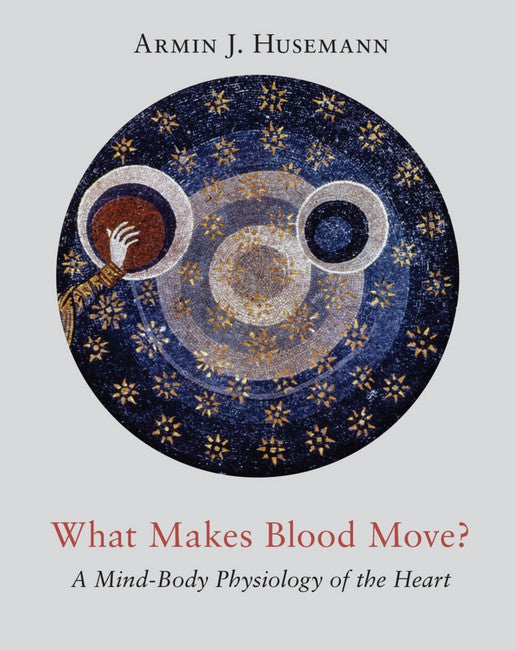Dr. Armin J. Husemann, MD, born in 1950, worked as a school doctor from 1988 to 1993. He has been a general practitioner in private practice since 1987 in Stuttgart, Germany. Since 1993, he has been the director and a lecturer at the Eugen Kolisko Academy (formerly The Anthroposophic Medical Seminar) in Filderstadt. Dr. Husemanns books translated into English include The Harmony of the Human Body: Musical Principles in Human Physiology (Floris Books, 2003); Human Hearing and the Reality of Music (SteinerBooks, 2015); and Form, Life & Consciousness: An Introduction to Anthroposophic Medicine and Study of the Human Being (SteinerBooks, 2019).
Description
Preface to the First German Edition
Preface to the First English Edition
1. Blood Movements, their Vessels, and the Heart
The evolutionary history of blood circulation
Movement came first: Embryonic development of blood vessels
Angiogenesis in healing processes
Regeneration of the abdominal aorta around a synthetic mesh
The blood is independently mobile
The dynamics of blood flow shape the embryonic heart
How does the vascular intima perceive the movement of flowing blood?
2. What Makes Blood Move?
Primary blood movement
The dynamics of capillary circulation
How the liver, intestines, and kidneys make blood move
The dynamics of macro-circulation on the periphery
The autonomy of organ perfusion
The left heart in the arterial system
Awaking and arterial blood pressure
The left heart and blood movement
The hydraulic ram as a model of heart function
The hydraulic ram in nature’s water cycle
Pressure buildup in the heart
The vortex in the heart
The heart as a sense organ
The hearing process in the vascular intima
The heart as an “ear”
3. Blood Movement and Soul Movement
Respiration modulates venous flow
The constitutional members’ activity as tissue water enters the capillaries
Musical hearing as an empirical path into inner life
Music as observing time from within
Beethoven’s use of flow and congestion
4. The Heart as Organ of the “I”
The heart as a balance
The heart as an organ for the development of karma
Cardiac maturity and sexual maturity
The sun forces in the human heart
Individualizing sexuality
Freedom and karma as consequences of the separation of the sexes
The sun substance of karma
5. Cardiac Activity and Uprightness
Humans and animals
The heart as an organ of balance
Angiogenesis and heredity
6. The Dynamics of Speech Articulation in Blood Movement
Discovering speech in the blood
How speech works back on the internal organs
Does speech also sculpt the brain?
Instilling responsibility—the new etheric heart
The Word in art and religion
Visible speech in the air
7. The Whole Is the Truth
Blood biochemistry in relationship
to blood movement and the heart
Endnotes

